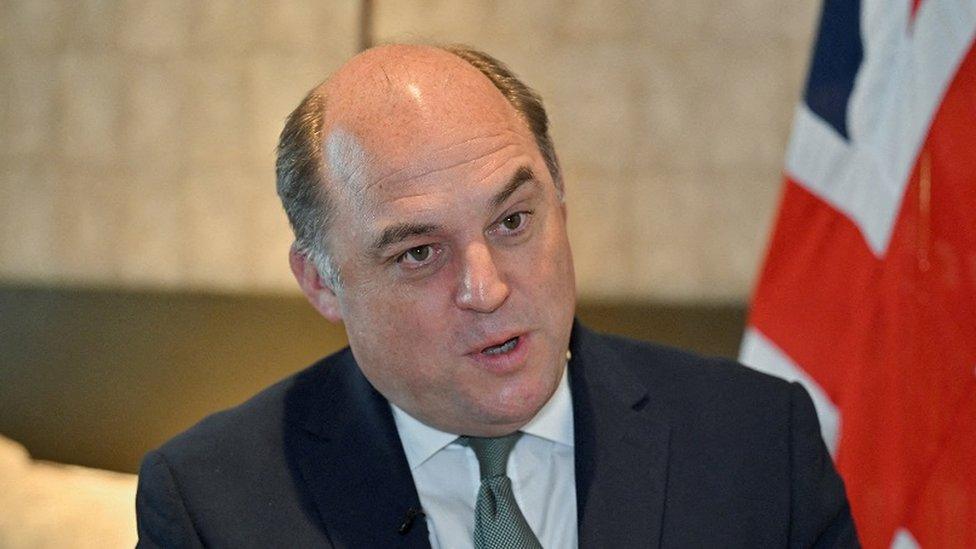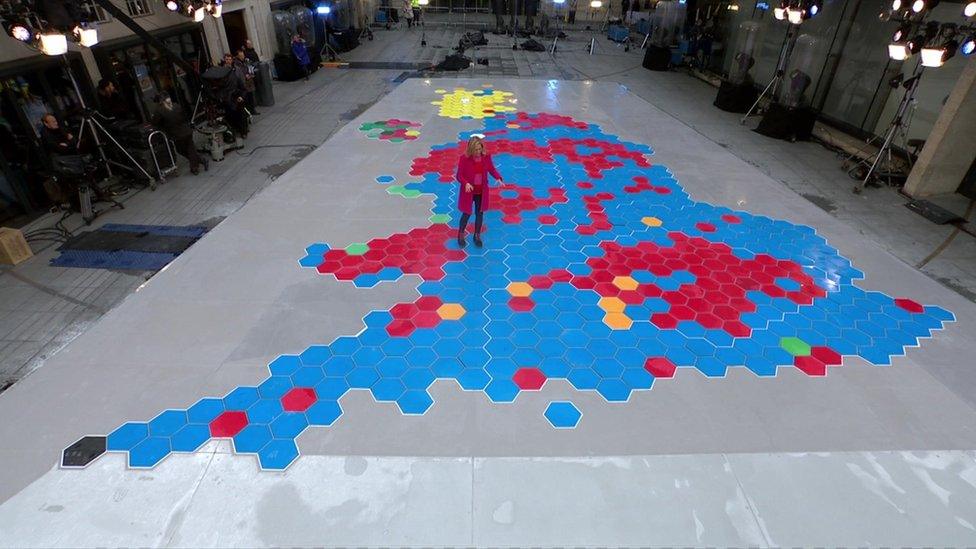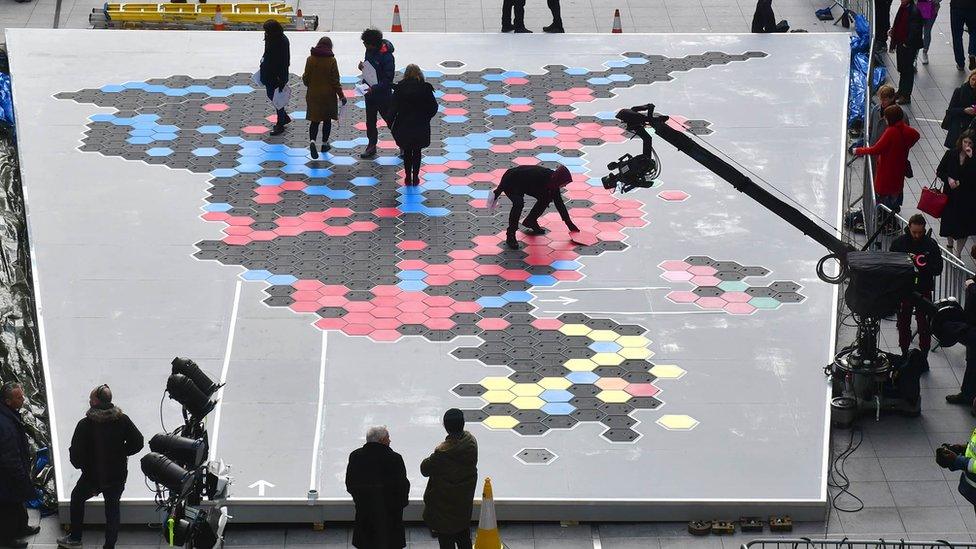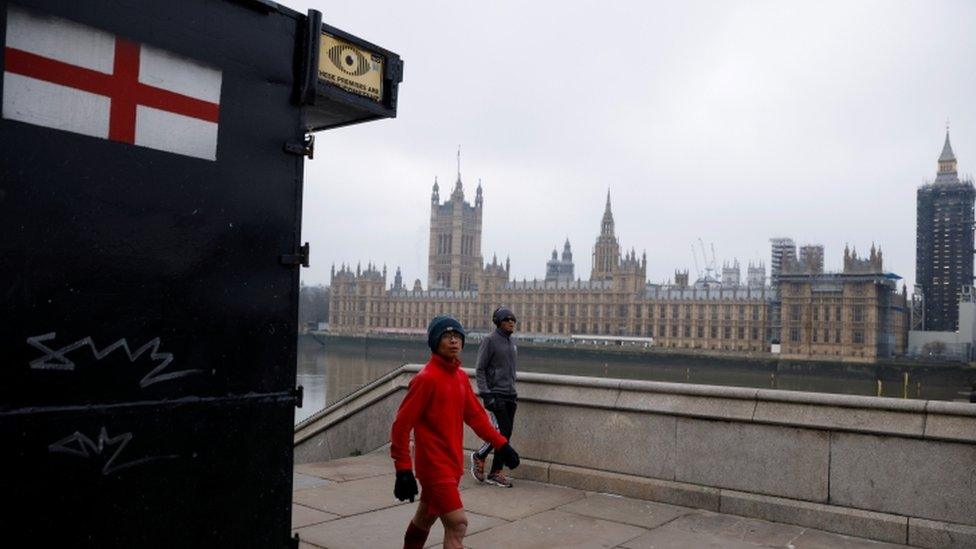Defence Secretary Ben Wallace to lose seat in Commons boundary changes
- Published

Ben Wallace's current constituency in Parliament is set to be abolished
Final proposals for redrawing the UK's electoral map have been published, paving the way for new boundaries to be used in the next general election.
Independent commissions in all four UK nations have spent two and a half years reshaping some constituencies to try to ensure seats contain similar numbers of voters, reflecting population changes.
Their recommendations, external are due to be approved without a vote by MPs.
Defence Secretary Ben Wallace will lose his seat of Wyre and Preston North.
It is to be abolished and absorbed into three neighbouring Lancashire constituencies, leaving him having to find a new constituency.
Mr Wallace had been tipped as a contender to be Nato's new secretary general, but he ruled himself out of the running last week.
The final revisions will come as a relief to Liberal Democrat leader Sir Ed Davey, as they include only minimal changes to his constituency.
He had looked set to face a tougher test to hold Kingston and Surbiton, in South London, under the previous proposals published last November.
But the new boundaries keep Kingston town centre in his constituency. In the 2019 election, Sir Ed had a majority of 10,489 over the Conservative candidate.
The changes will have a big impact on MPs whose constituencies are significantly redrawn or disappear altogether.
Braverman's seat
Labour's Shadow Chancellor Rachel Reeves will also see her Leeds West seat split three ways, but she is expected to find a new constituency to stand in.
Home Secretary Suella Braverman's Fareham seat will disappear, but she has already been selected as the Tory candidate for the new seat of Fareham and Waterlooville. Ms Braverman defeated fellow Tory MP Flick Drummond in a contest to see who will stand in the newly created constituency. Ms Drummond's Meon Valley seat is also being abolished.
The overhaul of constituency boundaries, the first since 2010, will involve England gaining 10 seats, taking its total to 543.

The new boundaries will replace those used in the last general election in 2019
Wales will lose eight of its current 40, while Scotland's total will fall from 59 to 57. Northern Ireland will retain its current 18 seats. The total number of MPs will remain at 650.
The government has four months to bring forward a parliamentary order to implement the boundary changes.
'Passionate views'
Under the final revisions in England, 41 seats have been reshaped since the previous proposals, external in November 2022. Eight of these have also changed their name, which is often controversial locally.
In 45 constituencies, only the name has been changed.
Secretary to the Boundary Commission for England, Tim Bowden, said: The recommendations we have published today mark the end of a thorough and consultative process to build the new map of Parliamentary constituencies.
"We have taken into account over 60,000 public comments, travelled the country, and heard many passionate views about how best to reflect local community ties.
"We are confident that our final recommendations are the best reflection of the statutory rules Parliament has set us."
Related topics
- Published8 November 2022

- Published5 January 2021

- Published12 September 2021
